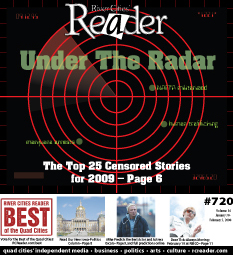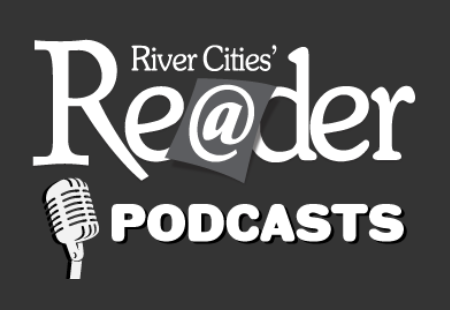It can be a traumatic thing to have something familiar and comfortable ripped away from you and given something new, even when the new is so much better than the old. So it is with the River Cities Reader. First they reduce the printed version down to every other week and removed content like the calendar from the printed version as well. Then they go and change their website to something totally different!
Well, admittedly, the calendar on the new site makes iu much easier to find what I am looking for and the cool new features of the site are nice but having that piece of paper in my hands is just... well... uhm....
Dirty? Yeah, my hands get filthy from holding that paper and ink in them. And then the used paper just takes up room in my recycling bin, hopefully to be recycled but who really knows.
But wait, the paper is easier to read! Yeah! Well, at least scan quickly through.
Well, until I want to go back and find that article I read and not sure exactly which issue or where. Then, the website is quicker, easier, and quite frankly less messy.
But I can't read it while sitting in my favorite coffee shop. Well, I could technically. Amazon's Kindle does allow me to do some minimal browsing on the web so I guess I could take the Reader anywhere provided I can get wireless coverage (never know about Sprint). And yeah, eventually I could see the Reader even becoming a regular download on the Kindle. That could be sweet. And having my whole library of books in the palm of my hand is an awesome thought. But I digress.
Yes, it is traumatic to go through change but in todays fast pace world, companies like the Reader have to change with the world or die quickly. I would rather see the Reader live on in new formats than to just go away. So I applaud the visionaries at the Reader for taking this brave new step and encourage them to keep improving the site and making it a place we all want to come back to.




 Reader Latest All Content
Reader Latest All Content







